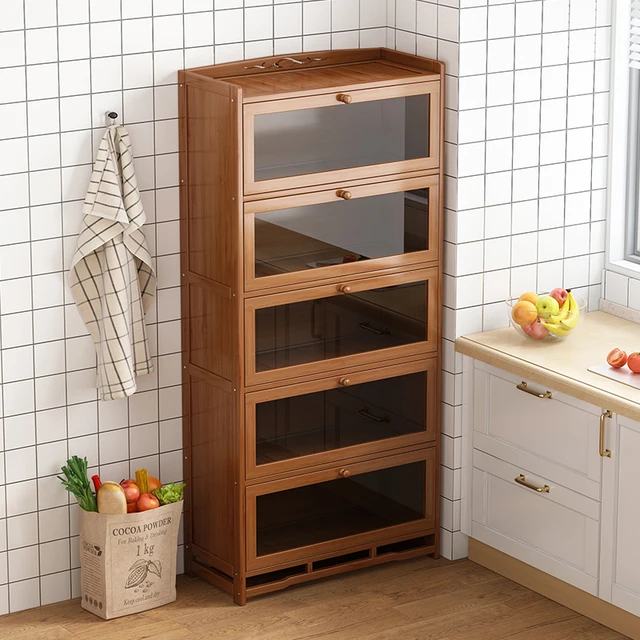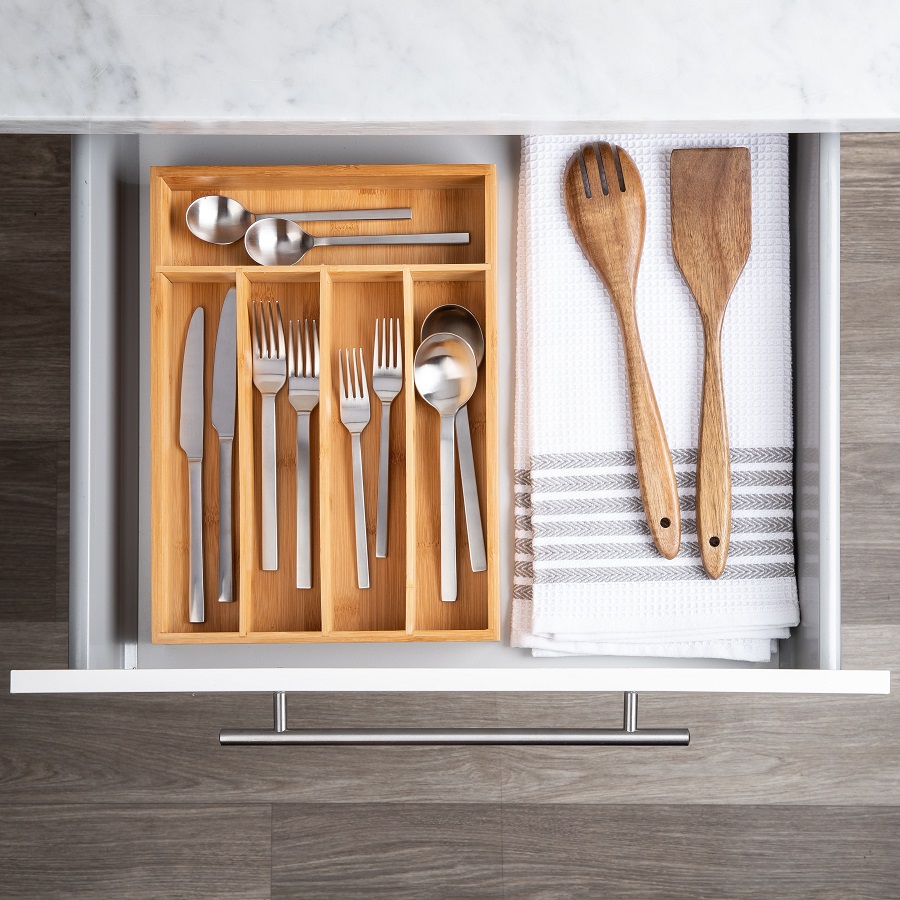Introduction:
Painting kitchen cabinets can be a cost-effective and transformative way to update the look of your kitchen. While traditional methods often involve sanding the cabinets, there are alternatives available that eliminate the need for this labor-intensive step. In this article, we will provide you with a comprehensive guide on how to paint kitchen cabinets without sanding. From proper preparation to paint application techniques, let’s delve into the world of cabinet painting and discover how to achieve a fresh and updated kitchen without the hassle of sanding.
 Some common types of kitchen cabinets :
Some common types of kitchen cabinets :
There are various types of kitchen cabinets available, each designed to fulfill different storage and design requirements. Here are some common types of kitchen cabinets along with their placement locations:
Base Cabinets:
Base cabinets are typically installed on the floor and provide primary storage space in the kitchen. They are usually 36 inches high and 24 inches deep, and can have drawers, shelves, or a combination of both. Base cabinets are used to store pots, pans, dishes, and other larger items.
Wall Cabinets:
Wall cabinets are mounted on the wall above countertops and create additional storage space. They are usually 12-15 inches deep and 12-18 inches high. Wall cabinets are ideal for storing everyday items like dishes, glasses, and small appliances. They can also be used to display decorative items.
Tall Cabinets/Pantry Cabinets:
Tall cabinets or pantry cabinets are floor-to-ceiling cabinets that maximize vertical space. They offer ample storage for items such as canned goods, dry food items, cleaning supplies, and brooms. Tall cabinets are often placed in kitchen corners or designated pantry areas.
Corner Cabinets:
Corner cabinets are designed to utilize the space in kitchen corners effectively. They typically have a rotating or sliding mechanism that allows easy access to items stored in the corner. Corner cabinets can be base cabinets or wall cabinets, and they provide storage for pots, pans, and other items.
Island Cabinets:
Island cabinets are standalone cabinets placed in the center of the kitchen. They can serve as additional storage space, often with drawers or shelves, and provide a countertop for food preparation and dining. Island cabinets can have a variety of configurations to suit specific needs.
Glass-Front Cabinets:
Glass-front cabinets have doors with glass panels, allowing for the display of dishware and decorative items. They are often placed above countertops or in areas where aesthetics are emphasized.
Open Shelves:
Open shelves are not cabinets per se but provide an open storage option. They can be placed anywhere on the walls and are used to display frequently used items or decorative pieces while providing easy access.
The placement of kitchen cabinets depends on the kitchen layout and personal preference. Base cabinets are typically positioned beneath the countertops, wall cabinets are mounted above countertops, tall cabinets can be placed in corners or dedicated pantry areas, and island cabinets are positioned in the center of the kitchen. It’s essential to consider the available space, functionality, and design aspects when determining the placement and type of kitchen cabinets to optimize storage and create an efficient and visually appealing kitchen.
 Introduction to Painting Kitchen Cabinets without Sanding
Introduction to Painting Kitchen Cabinets without Sanding
Painting kitchen cabinets without sanding offers a convenient and time-saving alternative to traditional methods.
A. Time Efficiency: Skipping the sanding step allows for a faster and more efficient painting process.
B. Less Labor Intensive: Eliminating sanding reduces the physical effort involved in preparing the cabinets for painting.
C. Updated Kitchen Aesthetics: Painting kitchen cabinets without sanding can completely transform the appearance of your kitchen, providing a fresh and updated look.
Preparing the Cabinets for Painting
Proper preparation is essential for achieving a smooth and long-lasting paint finish.
A. Clean the Cabinets: Thoroughly clean the cabinets using a mild detergent and warm water to remove any grease, dirt, or grime.
B. Remove Hardware and Doors: Take off any hardware, such as handles or knobs, and remove the cabinet doors for easier access during the painting process.
C. Repair and Patch: Inspect the cabinets for any damages or imperfections. Use wood filler or putty to repair holes, cracks, or dents. Allow the filler to dry and sand it lightly if necessary.
Applying a Bonding Primer
A bonding primer ensures proper adhesion and durability of the paint on the cabinets.
A. Choose a Bonding Primer: Select a bonding primer specifically designed for painting cabinets. Opt for a product that is suitable for the type of cabinets you have, such as wood or laminate.
B. Apply the Primer: Use a brush or roller to apply an even coat of bonding primer to each cabinet surface. Follow the manufacturer’s instructions regarding drying and recoat times.
C. Sanding Alternatives: If needed, lightly sand the primer coat with fine-grit sandpaper to smooth out any rough areas or imperfections. Clean the cabinets afterward to remove any dust.
 Painting Techniques for Kitchen Cabinets
Painting Techniques for Kitchen Cabinets
Proper painting techniques are crucial for achieving a professional-looking finish on your kitchen cabinets.
A. Choose the Right Paint: Select a high-quality paint specifically formulated for cabinets. Consider using a paint with a durable, washable finish.
B. Brush or Roller Application: Decide whether to use a brush or roller for painting the cabinets, considering the type of paint and the desired finish.
C. Paint in Thin Coats: Apply paint in thin and even coats, allowing each coat to dry thoroughly before applying the next one. Follow the manufacturer’s drying time recommendations.
Tips for a Successful Cabinet Painting Project
Implementing the following tips will help ensure a successful and long-lasting paint finish on your kitchen cabinets.
A. Maintain Proper Ventilation: Provide adequate ventilation in the workspace to dissipate any fumes and promote drying.
B. Label Doors and Hardware: To facilitate reassembly, label each cabinet door and corresponding hardware to ensure proper reinstallation.
C. Protect Surrounding Areas: Use drop cloths or old sheets to cover countertops, floors, and other adjacent surfaces to protect them from paint splatters or spills.
Drying and Curing
Allow sufficient drying and curing time for the paint to fully settle and harden.
A. Drying Time: Follow the manufacturer’s instructions regarding drying time between coats and before reattaching the cabinet doors and hardware.
B. Curing Time: Even after the paint appears dry, it is essential to allow enough time for the paint to cure fully. Avoid heavy use or excessive cleaning for at least a week to allow the paint to harden and cure properly.
C. Gentle Handling: Be cautious when reattaching the cabinet doors and hardware to prevent any damage to the freshly painted surfaces.
Maintaining Painted Kitchen Cabinets
Proper maintenance ensures the longevity and beauty of your painted kitchen cabinets.
A. Gentle Cleaning: Clean the cabinets regularly using a mild detergent and warm water. Avoid using abrasive cleaners or scouring pads that could damage the paint finish.
B. Touch-Up as Needed: Inspect the cabinets periodically for any chips or scratches. Touch up those areas with matching paint to maintain a pristine appearance.
C. Handle with Care: Treat the painted cabinets gently to avoid accidentally damaging the paint finish. Avoid hanging items heavy enough to cause stress or dents on the cabinet doors.
 Conclusion
Conclusion
Painting kitchen cabinets without sanding provides a practical and time-efficient way to update your kitchen’s aesthetics. By following proper preparation techniques, applying a bonding primer, and using suitable paint and painting methods, you can achieve a professional and long-lasting finish on your cabinets. Remember to allow sufficient drying and curing time for the paint to settle and harden properly. With regular maintenance and gentle cleaning, your painted kitchen cabinets will maintain their fresh and updated appearance for years to come. Embrace the transformative power of painted cabinets and enjoy a revitalized kitchen that reflects your personal style and adds beauty to your home.



